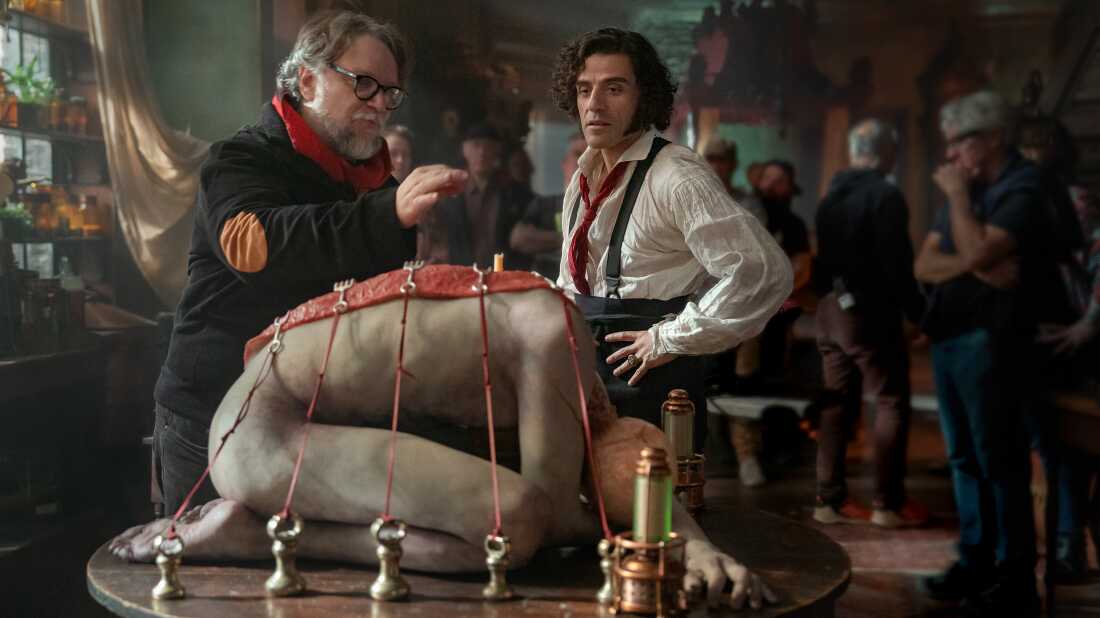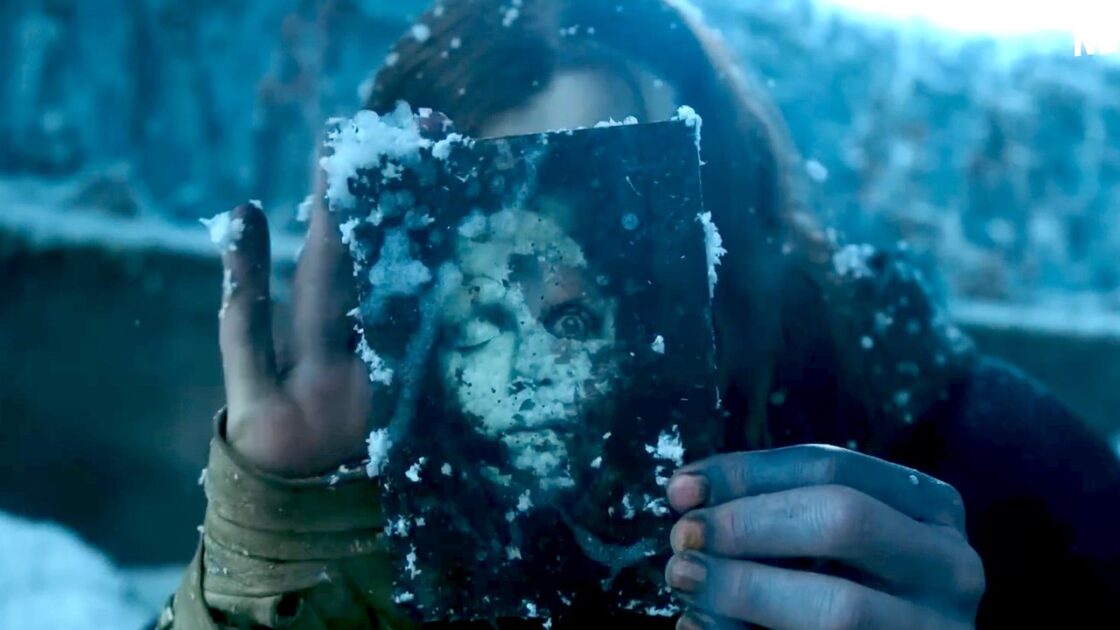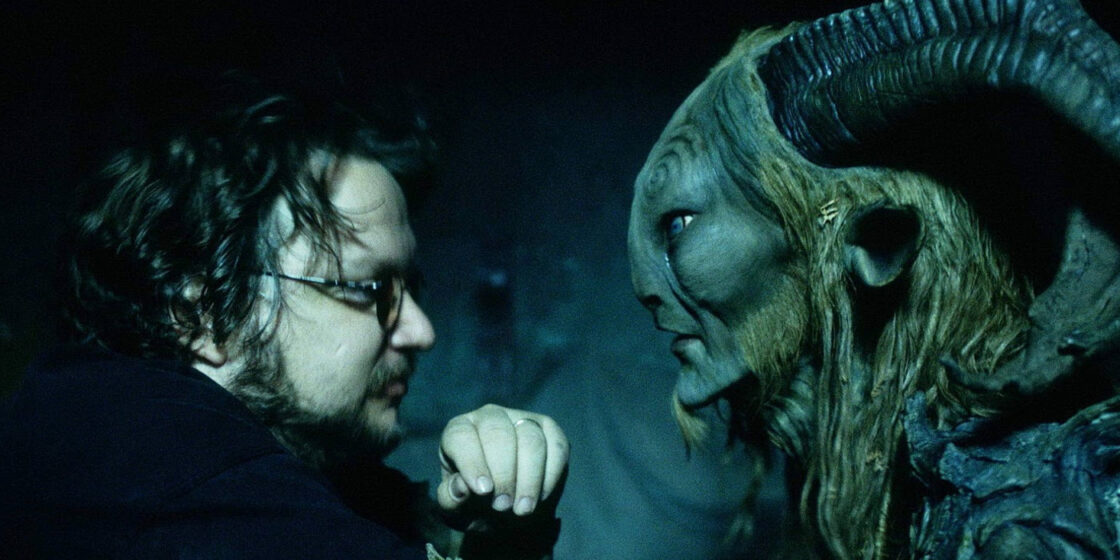
Guillermo del Toro AI commentary has sparked a wave of discussion across the film industry. The filmmaker stated earlier this month that he would “rather die” than let generative artificial intelligence corrupt his creative process.
In a recent Fresh Air interview, the Oscar-winning director of Pan’s Labyrinth and the new Frankenstein said bluntly, “AI, particularly generative AI, I’m not interested, nor will I ever be interested. I’m 61, and I hope to remain uninterested in using until I croak.” For del Toro, AI isn’t the future of filmmaking; it’s the antithesis of what makes cinema alive.
Guillermo del Toro AI Refusal Tied to His Philosophy

The Guillermo del Toro AI debate isn’t just about gadgets, but about the filmmaker’s creative core. Del Toro has long insisted that filmmaking is about risk, chance, and the imperfect magic of human craftsmanship. He draws parallels between today’s tech entrepreneurs pushing AI and Mary Shelley’s Frankenstein. Men so obsessed with creation that they overlook consequences.
As he quipped, his fear isn’t artificial intelligence but “natural stupidity,” a jab at the blind rush to automate art and entertainment. For del Toro, delegating storytelling to algorithms strips cinema of its soul. He allows that AI can serve small optional functions but insists using it for convenience betrays creative prowess.
Why His Stance Matters for His Movies
This refusal fits neatly with his body of work. From The Shape of Water to Hellboy, del Toro has celebrated tactile monsters, practical effects, and sets built with obsessive detail. While other directors lean into AI-powered effects or digitally generated sequences, del Toro doubles down on creature suits, makeup, and puppetry.
In his latest project, Frankenstein, Christoph Waltz confirmed that Del Toro prioritized physical design over digital shortcuts. The monster’s scars, hair, and presence were created with human hands, not prompts. For a story about man playing God, the decision to keep AI away only deepens the thematic response.
The Wider Debate in Hollywood

Of course, del Toro isn’t the only voice in this fight. Hollywood is split on the use of AI: some argue it saves money and accelerates production, while others see it as a creative dead end. Industry analysts project the AI market will be worth trillions in the coming decade, making the pressure hard to ignore. Yet del Toro stands form, staking out an artist’s line in the sand.
His stand is especially notable because it goes beyond simple Luddite resistance. He’s not anti-technology; his films make dazzling use of CGI when it enhances a vision. However, he draws the line at surrendering artistry to machines. By positioning himself against AI in film, he underscores that imperfection and risk are the lifeblood of storytelling.
A Question of Humanity in Art

The Guillermo del Toro AI position resonates because it mirrors broader anxieties for artists, writers, filmmakers, and anyone with a creative bone in their body. If algorithms can mimic visual styles, compose music, or generate dialogue, where does that leave the human creator?
Del Toro’s answer is concise: “If the machine can replace the artist, what you have left is just product.”
It’s a bold but necessary reminder that art is supposed to feel fragile, unpredictable, and alive. And it’s fitting that he ties this to Frankenstein. Shelley’s novel was a warning about unchecked creation, and del Toro retools it for our age by pointing to the hubris of Silicon Valley’s “tech bros.” The monster, he argues, isn’t about AI directly, but our willingness to unleash a beast without understanding human cost.
In an era where studios are racing to explore AI-assisted filmmaking, Guillermo del Toro is choosing defiance. Whether sculpting creatures or reframing classic myths, his monsters endure on screen because the heart of his artistry is unmistakably human.
